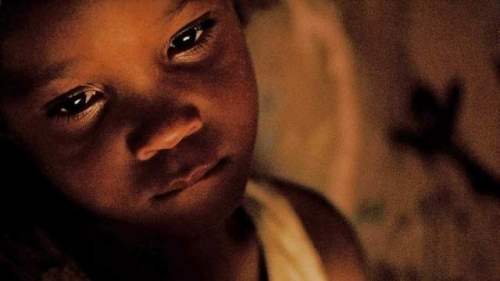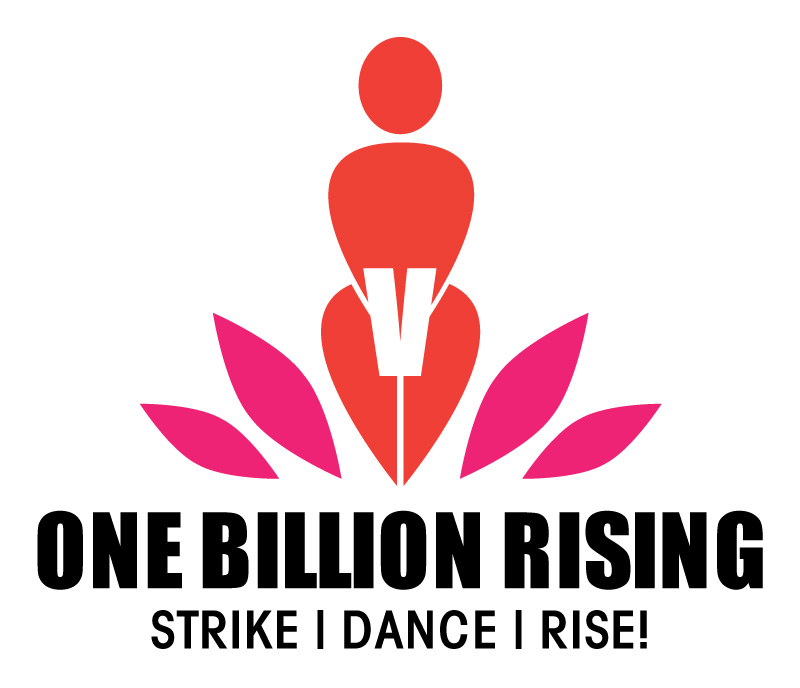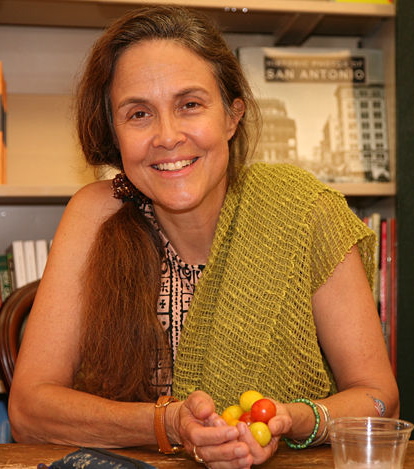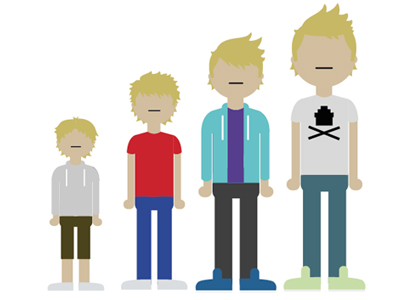This is the
time of year when a lot of people make resolutions. As the year ends, we look
back over what’s happened in the last 12 months, what we liked, how we’d like
to change in the New Year. That’s important stuff, and it’s in line with
Buddhist practice – we’re using awareness, contemplation, and discernment.
But often
people struggle to stick with their resolutions. A few days in, and old habits
are calling us back to a comfortable way of doing things. Why is that and what
can we do about it?
We can look
at the intention that guides our action.
In Buddhism,
intention is crucial. Karma is connected with intention, not just the action.
If you kill a bug unintentionally, by stepping on it in the grass without
knowing, there’s no karma. If you deliberately choose to kill that same bug, it
may have consequences down the road. (One of those may be that you develop the
idea that it’s OK to kill things.)
But you
don’t have to believe in karma and rebirth to see the value of intention. If
you set an intention, that leaves open many possible actions rather than
limiting you to one right or wrong way of doing things.
Say that you
have resolved to lose weight. You start a restrictive diet, an exercise plan.
Soon you feel beleaguered, and it’s difficult to keep up.
If you look
at the intention rather than the action, there’s space. Why do you resolve to
lose weight? To look better? To be healthier? And why do you want to look
better or be healthier – to attract a mate, get a new job, be able to do more
things with your children or grandchildren, live with less pain or stress so
you can enjoy life and be more pleasant? Knowing your intention helps you see
your true goal. If it’s health, then it’s not just a matter of depriving
yourself of fattening foods, it opens up the positive possibilities of eating
good food, finding an enjoyable form of exercise, entering into any meal or
exercise session with the thought that it is of benefit, rather than a chore.
It turns
your mind toward the positive and away from punishment.
In Buddhist
study, I learned the idea of framing things according to the ground, path, and
fruition.
The ground
is the view, the intention. Let’s say, I am a kind person and my intention is
to be kind.
The path is
the action, how you put that view into practice. Instead of yelling at people
or speaking sarcastically, I speak gently and with kindness. I still make my
point, but without attacking.
And the
fruition is the result. When you act with kindness, others respond more kindly.
Not always and not immediately. But I have found that they do.
This
framework applies to any action you carry out – what is the ground, the
intention? How do I manifest that? And is the result what I anticipated, or
should I modify?
The Buddha
included Wise Intention as the second step on the Eight-fold Path. Classically,
he explains wise intention as the intention of renunciation, the intention of
goodwill, and the intention of harmlessness.
Our
intention, in the moment-to-momentness of daily life, isn’t always to be of
benefit. It may be greed – to get the last doughnut before someone else snags
it – or anger, to show up that driver who cut us off, or ego-clinging, to make
ourselves appear to be benevolent in order to win the approval of others.
To know your
intention requires awareness of your mind. For example, the intention of
renunciation involves seeing that you are about to do something unskillful and
rejecting that action, choosing instead to do the skillful thing.
Perhaps
you’ve heard the Buddha’s advice to ask yourself before you speak: Is what I am
about to say true, is it kind, is it necessary? That’s the teaching on
intention in action. Is it true/renounce lies. Is it kind/have an attitude of
goodwill. Is it necessary – is this the appropriate time and am I the
appropriate person to say it/will someone be harmed by this.
Being mindful of our intentions
and acting upon those which lead to harmlessness and wholesomeness help train
the mind to gradually drop those intentions that are driven by anger, greed,
desire, and attachment. Exploring our intentions can lead to deeper insights
concerning insecurities, a need for attention, jealousy, or attachment to
views.
Examining our intentions begins a
natural process of building a foundation of ethics, and mindfulness is the tool
that helps us see what we need to work on, what we need to let go of, and to
act responsibly instead of reacting harshly or foolishly.







